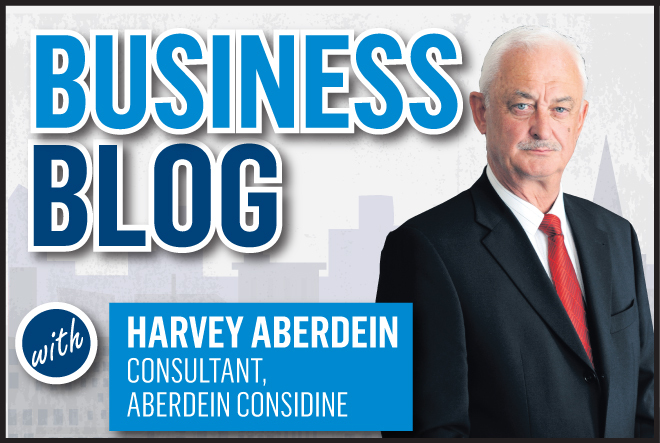I firmly believe that employees are the most important part of any organisation and that they should be cherished and encouraged.
However, as with all human relationships there is a danger of things going wrong.
That is the point at which employment law can be used to the benefit of either party, or hopefully, both.
It is an area of the law which has advanced greatly in recent decades – certainly a great deal since I entered the job market for the first time as a 17-year-old.
After bidding a tearful farewell to my family at Aberdeen’s railway station, I began a four day journey into the unknown – Sydney, Australia.
Two days later and somewhat shell-shocked, my first job on foreign soil found me in a warehouse loading a variety of boxes on moving bogies and trying desperately to keep up.
Still disoriented with jet lag and trying to come to terms with the broadest of Aussie accents of the ganger who shouted out the list of requirements of the various shops in the retail chain served by the distribution centre, I was struggling.
Worse, I had never heard of half the products (for example, there are no Rich Tea biscuits in Oz – they’re called “Arrowroot”) and this combined with the Aussie propensity to add “o” to nearly everything made the task just about impossible.
The breaking point is indelibly etched on my mind even after all these years. The shout, which sounded to me like “may tho” finally stumped me. It was, in fact, a request for one case of methylated spirits.
At this point I was invited outside by the ganger for “a smoko”. Without warning I was floored by a punch to the face.
I picked myself up and asked him: “What was that for?”
“I hate Pommie b******s,” was his response.
I told him indignantly I wasn’t a Pommie, I was Scottish!
Wallop! Down I went again.
“I hate Scotch b******s as well,” he said.
My only remedy as a wronged employee would have been to hit him back. However he was twice my age and twice my weight so I deemed this unwise.
Things did improve and during my time in Australia I went on to work for some good bosses as well as some not so good. They were all learning experiences.
I presume Australian industrial relations and employment law have moved on since the ’60s.
Certainly in this country there is now a bewildering array of Statute and Caselaw.
Whilst the majority is aimed at protecting the employee, there is much guidance to be had for the employer providing care is taken to understand and follow correct procedures.
There have been a couple of important developments in employment law already this year to which I would draw your attention.
Firstly, following recent controversy and criticism of the use of zero hours contracts, the ‘Exclusivity Terms in Zero Hours Contracts Regulations 2015’ came into force in January.
The new regulations provide that any dismissal of a zero hours worker for breach of an exclusivity clause (i.e. for working for another employer) will be deemed automatically unfair regardless of their length of service.
The new regulations also state that if a worker is subjected to any detriment or unfavourable treatment because they are believed to have breached an exclusivity clause, this will be deemed unlawful. The upshot is that you can still use zero hours contracts where appropriate but you should not include exclusivity clauses in the contract, preventing an employee without guaranteed hour from picking up other work elsewhere.
The second most recent development, which you may have seen in the press, is over holiday pay.
The Employment Appeal Tribunal has upheld the Employment Tribunal’s decision in the case of Lock v British Gas to the effect that employees whose basic salary is supplemented by commission should have an element of commission included in their holiday pay.
This follows on from a similar decision in relation to non-guaranteed overtime. While this decision is expected to be appealed and holiday pay tribunal claims are being put on hold pending the conclusion of the litigation, this decision acts as another reminder to employers who pay commission and non-guaranteed overtime that they need to assess any potential exposure they may have in relation back dated holiday pay and start making contingencies.
Next time we will look at steps which may be taken by employers, in light of the current economic climate in the north east, to reshape their business where necessary while potentially avoiding the need to make redundancies.
